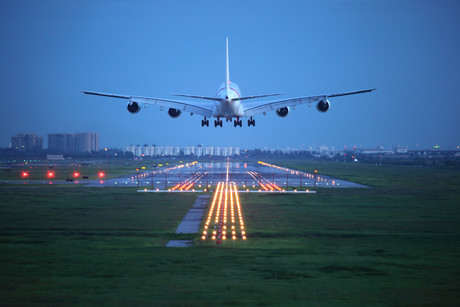CASA calls for input on radio frequencies

The Civil Aviation Safety Authority (CASA) has called for pilots to have their say on the most appropriate radio frequency to use at low levels in uncontrolled airspace.
A discussion paper has been issued, outlining two options for radio broadcasts in the vicinity of aerodromes in class G airspace that are not marked on aeronautical charts.
The options are to use the appropriate area frequency or the MULTICOM frequency 126.7.
This issue impacts all pilots that fly in uncontrolled airspace and CASA is calling for a wide response to the discussion paper.
“CASA has listened to various views on this issue and we believe it is time to determine the best outcome in the interests of aviation safety,” said CASA’s acting CEO and director of aviation safety, Shane Carmody.
“To do that, we need all pilots to send us their comments now. We want to hear from recreational pilots, private pilots, commercial pilots, aerial work operators and airline flight crew.”
CASA will not make a final decision on the class G frequency issue until it has carefully reviewed all feedback and published a summary of the results of the consultation.
The discussion paper sets out detailed arguments and safety assessments for both options, as well as looking at overseas practice.
CASA’s preferred option is to retain and enhance the use of the appropriate area frequency in the vicinity of unmarked aerodromes in class G airspace.
To view the class G radio frequency discussion paper, click here.
Perth's new rail network control centre ready for operations
The new control centre, which covers roughly 1000 m2, will be responsible for...
5G mmWave extended to 14 km in nbn field trials
Live field trials of 5G mmWave technology in parts of the nbn Fixed Wireless network achieved...
Mavenir and Terrestar achieve NTN Voice over NB-IoT call
The achievement was conducted over a 3GPP-standardised NTN S-band spectrum, avoiding interference...





